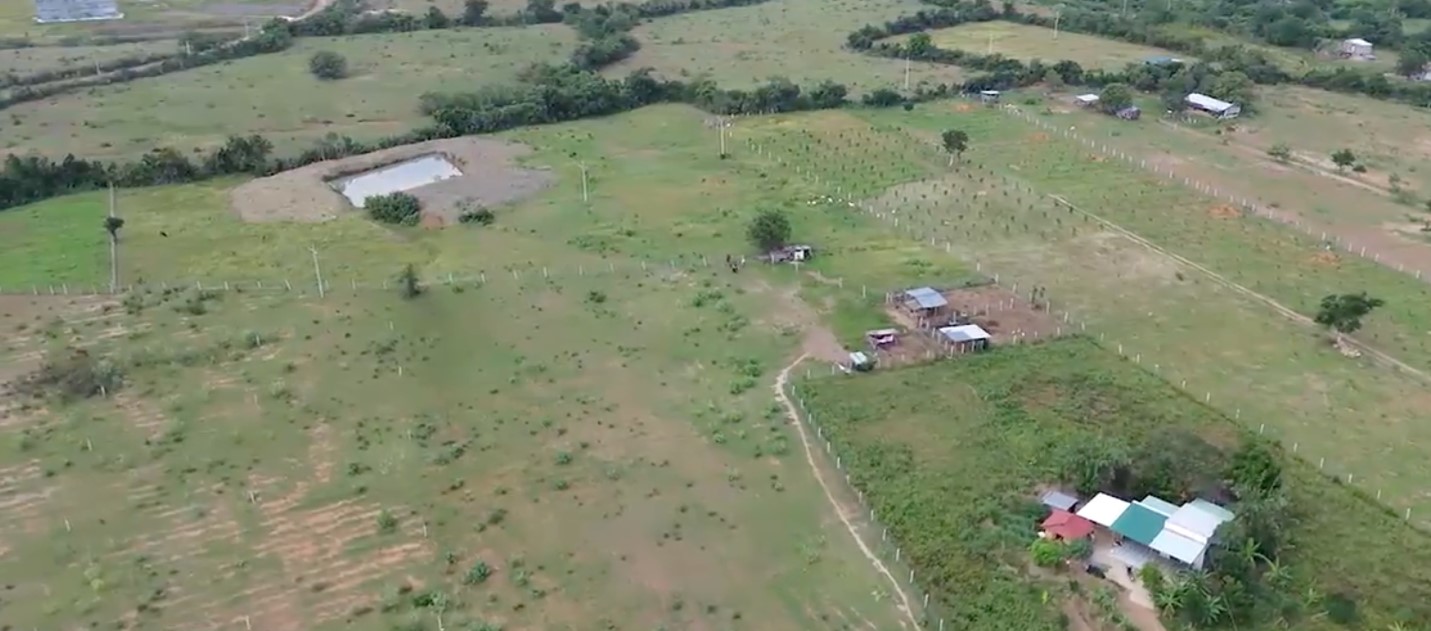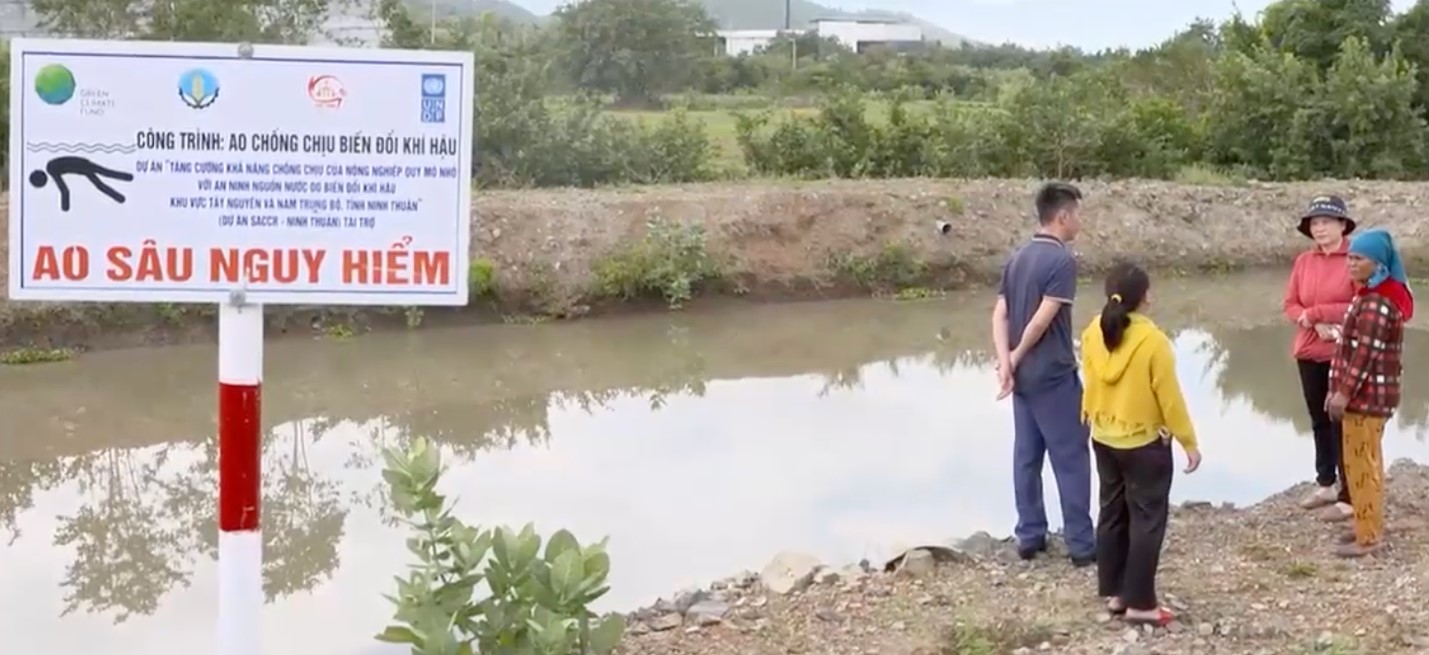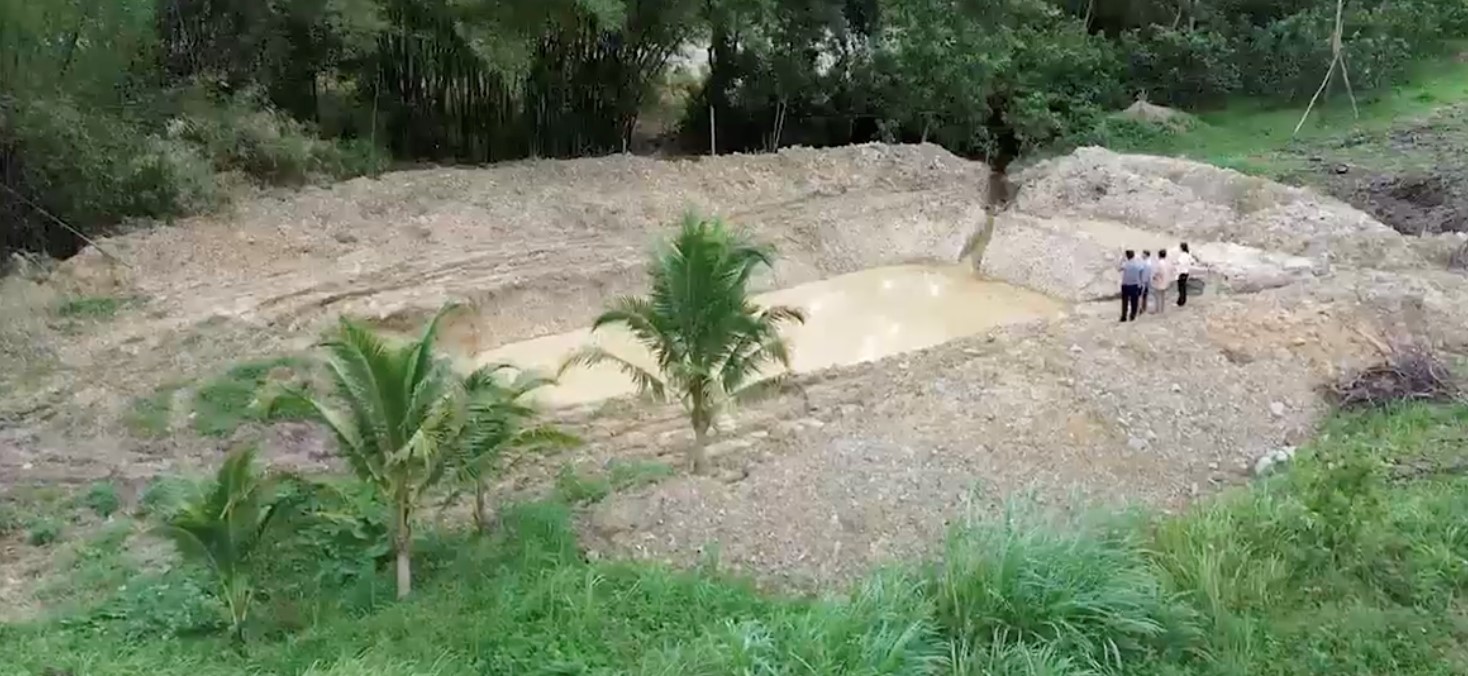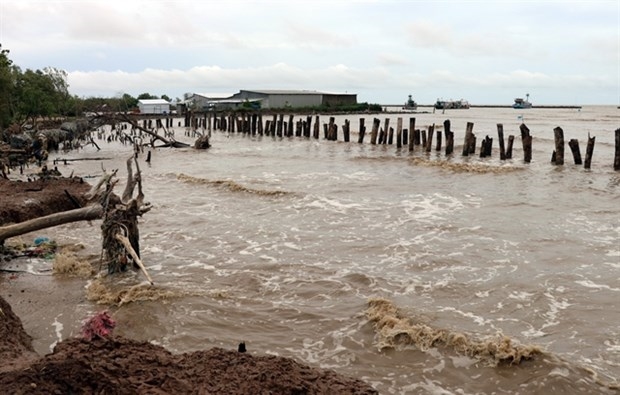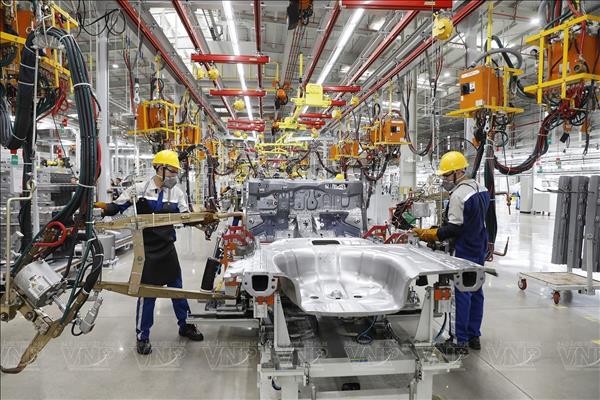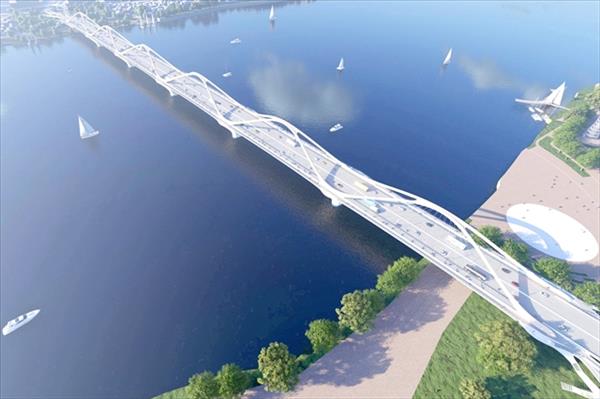In Vietnam’s drought-prone Central Highlands and South-Central Coast, farmers once looked to the sky, waiting for rain that seldom came. Today, across five provinces: Ninh Thuan, Đak Nong, Dak Lak, Binh Thuan, and Khanh Hoa (before July 1, 2025), a quiet transformation is underway. With targeted support and locally adapted solutions, smallholder farmers are not just surviving drought, they're thriving.
A Daily Struggle for Water
Over the past decade, rainfall in Ninh Thuan—one of Vietnam’s driest provinces—has dropped by more than 15%, and droughts now occur twice as frequently as they did in the early 2000s. In Dakk Nong, prolonged dry spells in upland areas have led to a 20 to 30% decrease in coffee and pepper yields, affecting household incomes and food security. Across the five SACCR provinces, over 60,000 hectares of agricultural land were estimated to be severely water-stressed before 2021.
With groundwater reserves shrinking and competition for water rising across agriculture, tourism, and industry, local communities faced both economic pressure and rising social tensions.
The SACCR project—officially titled “Strengthening the Resilience of Smallholder Agriculture to Climate Change-Induced Water Insecurity”—was launched in 2021 with support from the Green Climate Fund, UNDP, and the Government of Viet Nam. Its mission is to help over 50,000 vulnerable households gain reliable access to water, adopt climate-smart practices, and strengthen long-term livelihoods.
Turning Drought into Opportunity
The SACCR project introduced practical, community-driven solutions: final-mile irrigation pipelines, rainwater retention ponds, and efficient irrigation systems such as drip lines and micro-sprinklers. Each solution was tailored to the local landscape and crops, making the most of every drop.—.
Nguyen Phe, a farmer in Khanh Nhon 2 village (Ninh Thuan), once cultivated only a quarter of his land due to lack of irrigation. But in early 2025, new pipelines from the Tan My system reached his fields. “Now we have water. We can farm the whole plot—maybe even plant two or three crops a year,” he said.
In Dak Nong, Le Thi Dinh’s family received support to build a 50 cubic meters rainwater pond. The pond now irrigates fruit trees, supports a small fishpond, and sustains livestock—turning a dry field into a diversified livelihood.
By April 2025, over 1,660 efficient irrigation systems had been installed in Dak Nong alone, helping reduce water loss and input costs while increasing yields by up to 25%. In Khánh Hòa, 80% of planned retention ponds are already completed, allowing communities to manage their own water sources more sustainably.
Manohar Shrestha, SACCR’s senior technical advisor, highlighted how the systems work: “Micro-sprinklers suit orchard trees, while drip lines serve row crops. When combined with windbreaks, they conserve moisture and protect plants from drying winds.”
Overcoming Challenges Together
Progress has not been without obstacles. Nguyen Van Binh, Director of SACCR in Ninh Thuan, shared: “We had to build trust. Some households grew impatient. We worked directly with them to adapt plans and explain the long-term vision.”
Coordination with local authorities has been key. District and commune officials in Dak Lak, Binh Thuan, and Dak Nong helped prioritize infrastructure bottlenecks, mobilize community labor, and ensure transparency in beneficiary selection. In Dak Lak, over 300 farmer households in remote areas now benefit from new pipelines and training, thanks to this strong collaboration.
Nguyen Van Dinh, an agricultural advisor in Dak Nong, noted: “Since 2021, we’ve supported thousands of households with irrigation systems, ponds, pipe extensions, fertilizers, and training. Farmers now plan better and manage water more efficiently.”
Women-led households and ethnic minority communities—who are often the most affected by climate change—are seeing real benefits. Across all five provinces, SACCR has prioritized their inclusion, recognizing their role as key agents of change.
Planting Confidence, Cultivating the Future
SACCR’s irrigation innovations are more than technical fixes—they’re stepping stones toward self-reliance. Farmers like Be Thi Loan in Dak Drong, who once spent hours watering by hand, now use drip systems that deliver water directly to the roots. “It saves time and helps our crops thrive,” she said.
These solutions are simple, affordable, and scalable. With guidance from local agricultural officers, other farming communities can adopt similar methods with minimal investment. More than 3,000 farmers have already joined local workshops to learn how.
As climate change continues to test the limits of traditional farming, SACCR is proving that with the right tools, knowledge, and partnerships, resilience can grow—even in the driest of places. Instead of waiting for the rain, farmers across Viet Nam’s central belt are now planting with confidence—building not just crops, but hope.

